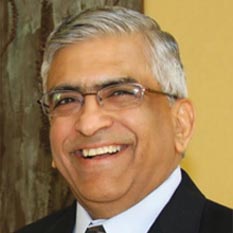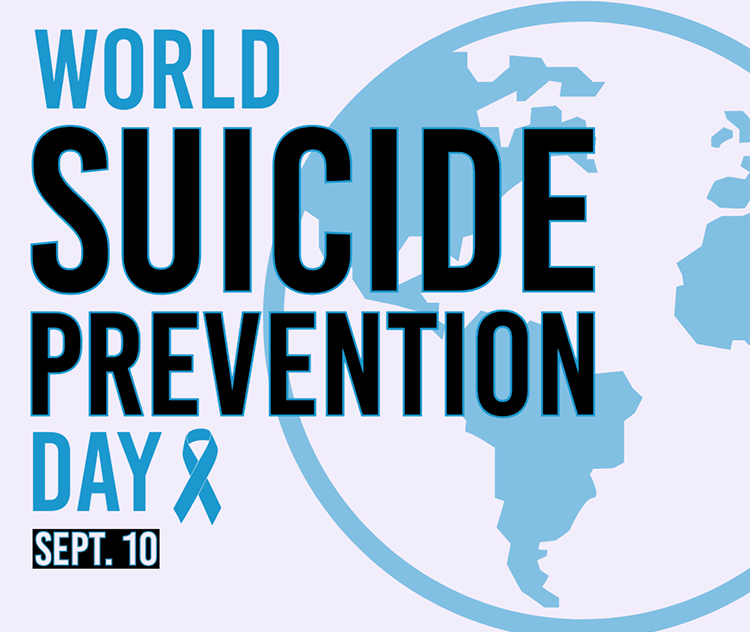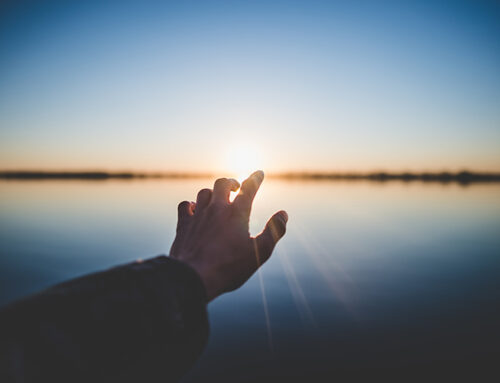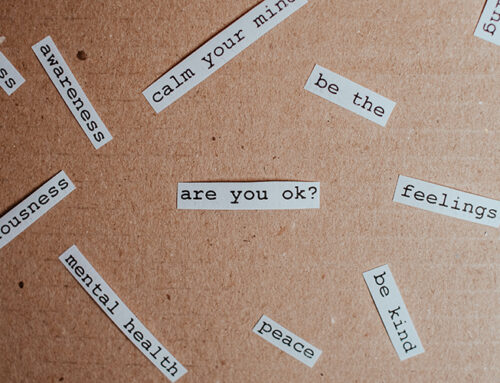September is World Suicide Prevention Month and September 10th is World Suicide Prevention Day. This is wonderful opportunity to tell you about the new 988 Suicide and Crisis Lifeline. It used to be called National Suicide Prevention Lifeline and had a 10-digit phone number. In July 2022 the long awaited three-digit number, 988 launched. Despite the initial hiccups, it has served countless individuals in crisis across the U.S.
988 is not only for reaching out when experiencing thoughts of suicide. People can call 988 even if they are not feeling suicidal but feel overwhelmed with anxiety, sexual orientation worries, drinking too much, drug use, depression, loneliness, trauma, relationship problems, and economic worries.
At a recent, suicide prevention workshop in Jersey City organized by SAMHIN, one attendee expressed fear that calling 988 will lead to police involvement, involuntary commitment and trauma. This was an excellent question, because this is a common concern. People feel confused about 988 vs 911. So, I take this opportunity to clarify the differences between 988 and 911.
One of the most important points to remember is that for most people who call (or chat, or text) 988, the call is the intervention. Contacting 988 puts you in touch with trained counselors 24/7 who are specifically there to help during a moment of distress – separate from law enforcement.
Much unlike the common fear, a very small percentage of calls require emergency services like law enforcement. This is done only when a caller’s life is in imminent danger, or if there is an active medical or safety issue, which requires emergency services. These represent less than 2% of the calls to 988. And most of these are done with the consent and cooperation of the caller. About 98% of people who reach out to the 988 Lifeline are helped by the crisis counselor, receive resources, or make community connections during the call, text, or chat (without involvement of 911). (SAMHSA)
Calls to 988 are confidential, in the same sense that conversations with mental health clinicians are confidential.
Another important difference between 988 and 911 is the long-term vision for 988. Calling is just the first step in accessing a continuum of comprehensive crisis care. The vision is that with more investment and infrastructure, calling 988 would be an entry point to receiving a mobile crisis response in the community, and brick-and-mortar crisis centers that offer a safe place to go when people need support. We all hope and look forward to realization of this vision.
Substance Abuse and Mental Health Service Administration (SAMHSA) has FAQs about the differences between 911, 988, and 211 and a 988 fact sheet to learn the differences between 988 and 911.
You can call or text 988 or chat on 988Lifeline.org any time of day or night. There is no restriction on how many times you call.
We would love to hear from you if you have any questions, concerns, or any fears of calling 988 for mental health crisis. Please submit your comments below.
 Vasudev Makhija, MD
Vasudev Makhija, MD
Founder and President
SAMHIN







Leave A Comment